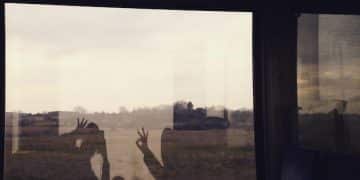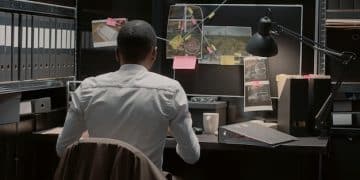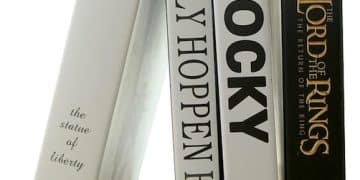The Power of Sound: Elevating Movies with Music and Sound Design

The power of sound, encompassing music and sound design, profoundly enhances the movie experience by creating emotional depth, building tension, and immersing viewers in the story.
Have you ever watched a movie and felt truly transported into its world? A significant part of that experience comes from the often-underappreciated power of sound. Let’s explore the power of sound: how music and sound design elevate the movie experience, transforming it from a visual medium into a multi-sensory journey.
Understanding the Fundamentals of Movie Sound
At its core, movie sound involves two primary elements: music and sound design. These elements work together to create a complete auditory experience that complements the visual elements on screen.
Let’s break down the fundamentals of how sound is used to enhance storytelling.
The Role of Music in Setting the Tone
Music plays a pivotal role in setting the tone and mood of a film. It can evoke emotions like joy, sorrow, suspense, and excitement, guiding the audience’s emotional journey.
The Art of Sound Design
Sound design encompasses all the non-musical audio elements in a movie, including sound effects, ambient sounds, and dialogue. It creates a realistic and immersive soundscape.
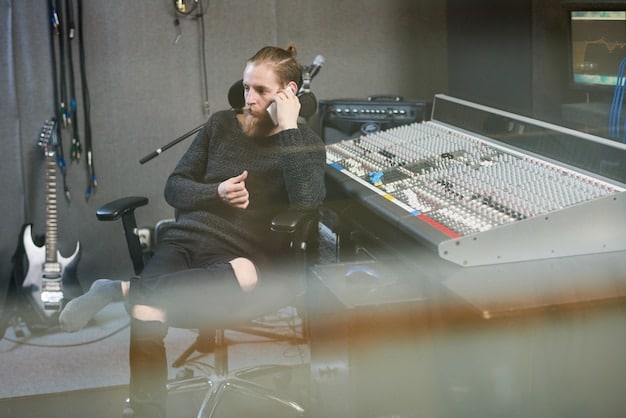
Consider these key areas within sound design:
- Foley Artistry: Creating everyday sounds in a studio to add realism to scenes.
- Ambient Sound: Capturing background noises that establish the setting (e.g., city ambience, forest sounds).
- Sound Effects: Adding specific sounds to emphasize actions or events (e.g., explosions, car crashes).
Together, music and sound design weave an invisible yet palpable fabric around the visual narrative, enhancing its emotional depth and impact on the audience.
The Emotional Impact of Music in Film
Music in film is far more than just background noise; it’s a powerful tool used to manipulate and enhance emotions. The right musical score can amplify a scene’s impact, connecting with the audience on a deeper level.
Let’s delve into how music creates emotional depth:
Heightening Emotional Scenes
Music can significantly heighten emotional scenes, turning a simple interaction into a profound moment. Think of a poignant melody during a sad scene or an uplifting score during a triumphant one.
Signaling Character Arcs
A character’s theme music can evolve as they change, mirroring their journey. This technique offers insights into a character’s development, even without explicit dialogue.
Creating Nostalgia and Familiarity
Well-placed songs can evoke nostalgia or create a sense of familiarity, deepening the audience’s connection to the story and characters.
Consider these examples:
- “Concerning Hobbits” from *The Lord of the Rings*: Instantly creates a sense of warmth and belonging.
- The use of silence in *No Country for Old Men*: Heightens tension and creates a sense of unease.
- The score in *Interstellar*: Amplifies the scale and emotional weight of the space exploration.
By carefully choosing and composing music, filmmakers can tap into the audience’s emotions, making the viewing experience more compelling and memorable.
Building Tension and Suspense with Sound
Sound is an indispensable tool for building tension and suspense in movies. From subtle atmospheric noises to dramatic musical cues, sound effects can keep viewers on the edge of their seats.
Here’s how sound engineers leverage sound to create suspense:
Using Silence Effectively
The strategic use of silence can be more effective than loud noises. It creates a sense of anticipation, making the audience acutely aware of potential danger.
Creating Unease with Low-Frequency Sounds
Low-frequency sounds, often felt more than heard, can generate unease and anxiety in viewers, subtly amplifying tension.
Layering Sounds to Increase Intensity
Layering different sound elements, such as whispering voices, creaking doors, and ticking clocks, can create a sense of impending doom.
Great examples include:
- The creaking sounds in *The Others*: Amplify the sense of unease in the haunted house.
- The ticking clock in *Dunkirk*: Heightens the tension of the evacuation mission.
- The unsettling score in *Psycho*: Creates a constant sense of foreboding.
By understanding how sound can manipulate perception and emotion, filmmakers can effectively use it to build tension and suspense, enhancing the viewer’s engagement.
Immersive Sound Design: Creating Believable Worlds
Immersive sound design is key to creating believable worlds in movies. It involves crafting a detailed and realistic auditory environment that pulls the audience into the story.
Let’s examine the elements of creating immersive soundscapes:
Using Ambient Sounds to Establish Setting
Ambient sounds, such as city noise or forest ambience, establish the scene’s setting, making it feel real and lived-in.
Creating Realistic Sound Effects
Realistic sound effects bring actions and events to life, making them believable. From the crunch of footsteps in snow to the roar of a spaceship, every detail matters.
Employing 3D Audio Techniques
3D audio techniques, like Dolby Atmos, create a three-dimensional soundscape, immersing viewers in the movie’s world.
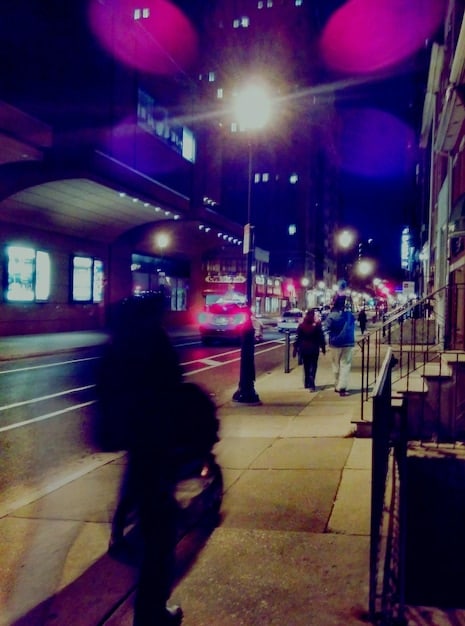
Consider these impactful examples:
- *Gravity*: The use of sound (or lack thereof) in the vacuum of space creates a unique sense of isolation.
- *Blade Runner 2049*: The layered sounds of the futuristic city create a believable and immersive urban environment.
- *War of the Worlds*: The intense sound design of the alien invasion makes the events feel terrifyingly real.
Through these techniques, sound designers construct a rich auditory environment that deepens the audience’s immersion, making the movie experience more engaging.
The Evolution of Sound Technology in Film
The evolution of sound technology has significantly impacted movie quality. From the early days of silent films to modern surround sound systems, each technological advancement has enhanced the auditory experience.
Important milestones include:
The Transition from Silent Films to “Talkies”
The introduction of synchronized sound revolutionized cinema, adding a new dimension to storytelling.
The Development of Surround Sound Systems
Surround sound systems, such as Dolby Stereo and DTS, create a more immersive auditory experience, enveloping the audience in sound.
The Rise of Digital Audio Workstations (DAWs)
DAWs have streamlined the process of sound design and mixing, allowing for greater precision and creativity.
These technological advancements have greatly influenced recent movies:
- *The Matrix*: Revolutionary sound design enhanced the innovative visual effects.
- *Inception*: Complex soundscapes and score added depth to the dreamlike narrative.
- *Mad Max: Fury Road*: Over-the-top sound design heightened the intensity of the action sequences.
Continued innovations in sound technology promise to further elevate the movie-watching experience.
Recognizing Excellence: Award-Winning Sound Design and Music
Recognizing excellence in sound design and music is vital for appreciating the art of filmmaking. Awards like the Academy Award for Best Sound and Best Original Score celebrate outstanding achievements in these fields.
Many award-winning films showcase exceptional sound work:
The Academy Award for Best Sound
Films like *Saving Private Ryan*, *The Hurt Locker*, and *Bohemian Rhapsody* have won this award for their exceptional sound design. These movies used sound to place viewers directly into the action, creating visceral and immersive experiences.
The Academy Award for Best Original Score
Iconic scores from *Star Wars*, *The Godfather*, and *La La Land* have been honored for their contributions to the emotional impact of these films. These scores elevated the storytelling, making scenes more memorable and evocative.
Spotlighting these achievements helps to promote the importance of sound in filmmaking:
- Recognize the artistry behind the scenes.
- Inspire future sound designers and composers.
- Encourage a deeper appreciation for the auditory elements of film.
Acknowledging these accomplishments elevates the value of sound design and music in cinema, encouraging creators to reach new heights in their craft.
| Key Point | Brief Description |
|---|---|
| 🎵 Emotional Impact | Music amplifies emotions, connecting viewers to the story. |
| 🔊 Building Tension | Sound effects create suspense and unease for viewers. |
| 🎧 Immersive Worlds | Detailed sound design pulls the audience into the movie. |
| 🏆 Award Recognition | Awards celebrate excellence in sound and music. |
Frequently Asked Questions
▼
Music primarily sets the emotional tone and supports the narrative, while sound design creates the auditory environment via sound effects, ambience, and realistic sounds to immerse the audience.
▼
Silence can heighten tension by creating anticipation. It causes the audience to focus intently on potential dangers, making any subsequent sound or action much more impactful and unnerving.
▼
Films like *Gravity* use sound to emphasize isolation in space, while *Blade Runner 2049* employs layered sound to construct believable futuristic cities, significantly enhancing viewer immersion.
▼
The shift from silent films to “talkies” introduced synchronized sound, revolutionizing storytelling. Later, innovations like surround sound and DAWs improved precision and creativity in sound design.
▼
Awards celebrate the artistry and contribution of often-underestimated sound professionals. They inspire creativity and encourage a deeper appreciation for the auditory aspects that greatly enhance the film experience.
Conclusion
In conclusion, the power of sound: how music and sound design elevate the movie experience is undeniable. From setting the emotional tone to building tension and creating immersive worlds, sound plays a vital role in filmmaking. By understanding and appreciating the artistry behind movie sound, we can gain a deeper appreciation for the overall cinematic experience.
